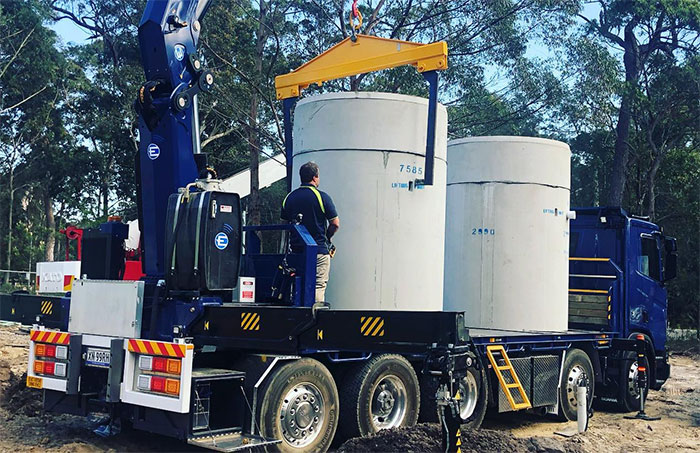Maximising and managing water in the colder months
Now that the weather is getting cooler and winter is approaching, it is important to start thinking about what you can do to ensure that you can maximise your rainwater for when the warmer seasons come back around. It is important to remember that rainwater can be used instead of mains drinking water for a number of activities in the home, including your toilet cisterns and outdoor taps.
By installing a rainwater tank in your home, you could start saving around 50% of your domestic town water. For example, a toilet can use up to 12L per flush so installing a rainwater tank to toilet system can lead to major water savings.
There are many things you can do around your home all year around to make sure you get the most out of your rainwater tank and continue to save money. Consider some of the following tips to help you maximise rainwater harvesting:
- One of the main uses for your rainwater tank is in your garden. During the rainy seasons when the garden doesn’t need as much watering, your rainwater tank can be connected to the house and used for toilet flushing and in some cases in the laundry as well. This can save you money all year round. You can also use it to wash your car.
- Keep up the general maintenance of your rainwater tank:
- Prevent debris entering the storm water system draining into the rainwater tank by:
- Keeping gutters free of debris such as leaves and twigs and vermin
- Fitting proprietary leaf guards in the gutter to keep leaves out of the gutter
- Fitting a leaf guard rain head to each downpipe will stop roof debris entering the stormwater system. These can be fitted about two metres from the ground on two storey houses to make them easier to clean
- Engaging a professional gutter cleaning company to clean gutters with a powerful vacuum cleaner is the easiest way
- Prevent debris entering the storm water system draining into the rainwater tank by:
- Lead-based paint and flashing, or tar-based coatings found on some roofs affect
- water quality. Make sure your roof material is non-toxic.
- Make sure tank water is aerated, so it will not become stagnant.
- Clean the inside of the tank every few years, as sediment will accumulate.
Rainwater tanks generally require little maintenance, however following these small steps will help you maximise the water usage from your rainwater tank.
For more information on rainwater tanks, contact Sydney Water Tanks on 1800 041 111 today.
Source: www.savewater.com.au





